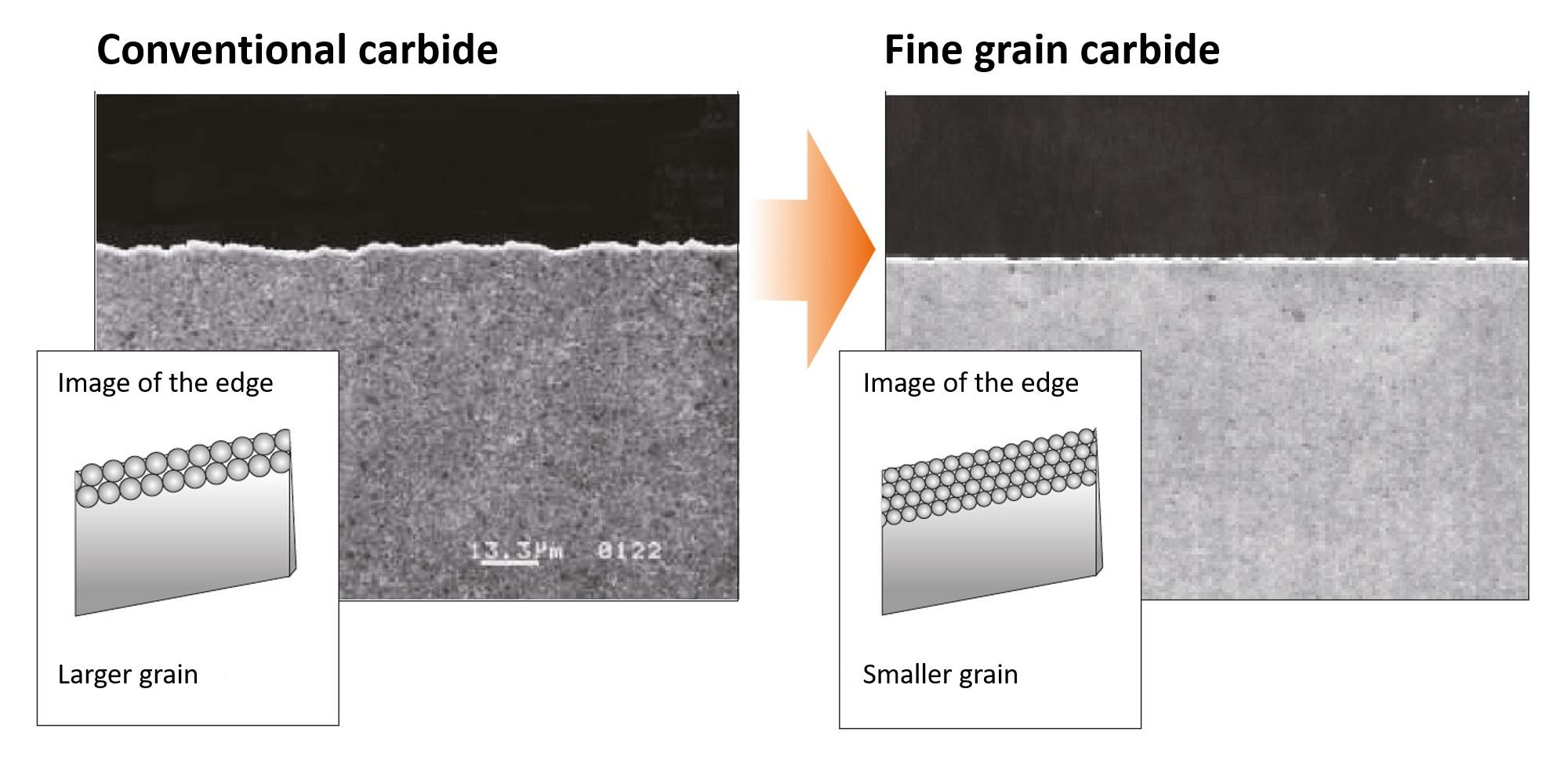
Kyocera says that its range of industrial precision knives is now available in Europe.
According to the company, the knives are made of fine grain carbide, cermet, and zirconium oxide. While the carbide products have high density, hardness and break resistance, the cermet knives have good wear resistance and low affinity to metal, Kyocera says. This material can also be spark eroded (EDM) and brazed. Zirconium oxide is neither magnetic nor electrically insulating, reportedly making it suitable for a wide range of applications, for example in knives and scissors.
The knife blades are also treated with Kyocera's Micro Finishing process whereby the surfaces of the blades are roughened to prevent build-up on adhesive materials, reducing the frictional resistance of the knives. This not only prevents the spread of dust through friction, but also helps prevent materials, such as synthetic fibers, from sticking to the cutting edges, the company says.
The knives are available are industrial ultrasonic cutters, suitable for cutting soft, porous and unstable materials with fragile joints; gabel and gang knives longitudinal slitting knive; ring knives
that are suitable for cutting everything from individual films to dressing materials; creasing and cutting blades made of tungsten carbide suitable for cutting cardboard boxes; straight-edge knives with good wear resistance and sharpness; and die and punch forms and shaped knives made of in cermet.
Applications for the knives include from functional films, rubber products, paper and cardboard, adhesive tapes to electronic devices such as LCD displays, lithium-ion batteries, FPCs, TAB and COF tapes and aluminium electrolytic capacitors.
This story uses material from Kyocera, with editorial changes made by Materials Today. The views expressed in this article do not necessarily represent those of Elsevier.


